SERVEWARE
 |
TABLE SETTING GUIDE Serveware comes from the Latin service, "to serve," and the Anglo-Saxon waru, meaning "special merchandise." It is an inclusive term for bowls, beverage pots, compotes, nut bowls, platters, salt cellars and salt shakers, pepper shakers and pepper mills, salvers, sauceboats and gravy boats, trays, and tureens. |
A basic set of serveware includes the following:
- A large oval platter to serve a roast
- A small oval platter to serve chops or fish
- A deep bowl, approximately 5 to 6 inches deep, to serve soft foods, fruit salad, and deep-dish pie
- A shallow bowl, approximately 1 inch deep, to hold firm vegetables, fruit, rolls, crackers, and cheese
- A small bowl for cold sauce, dips, nuts, and candy
- A sauceboat to serve gravy and hot sauces
- A medium-size pitcher for syrup, gravy, sauce, or honey
- A large pitcher to serve water, iced tea, and other beverages
- A beverage pot for coffee, tea or hot chocolate
- A creamer for cream also used to serve salad dressing, gravy, sauce, or dessert topping
- A covered sugar bowl that doubles for service of condiments, jam, jelly, nuts, sauce, or dip
At a meal for eight to ten people, duplicate sets of serveware, such as bread baskets or sauceboats, are suggested for each end of the table.
To accommodate twelve to eighteen guests, serveware is required in triplicate.
When a menu calls for the frequent use of a particular sauce, such as drawn butter with lobster, small bowls should be placed on each cover.
Duplicate sets of serveware need not match, but when two pieces are presented together on a tray, such as a creamer and a sugarer, a matched pair is recommended.
BOWLS
Serving bowls are made in shallow or deep shapes.
Shallow serving bowls approximately 8 to 9 inches in diameter, with a broad, flat base and sloping sides, are used to serve firm food, such as asparagus, fruit, and rolls. These bowls are also called "nappies".
Deep serving bowls accommodate soft foods, such as mashed potatoes, rice, pasta, or creamed foods, a shape that holds a serving spoon without scraping the bottom of the bowl.
BEVERAGE POTS
Beverage pots are made in assorted shapes to serve:
- Tea,
- Coffee,
- Chocolate, and
- Demitasse.
Although the average teapot or coffeepot holds six to eight servings, chocolate pots and demitasse pots hold twelve servings or more.
To secure the lid tightly, beverage pots are made with a lip on the inside of the rim, and a spout that is sharply defined to avoid drips.
To defray heat away from the handles, silver beverage pots are made with Bakelite handles or with insulator rings in the center of the handles.
TEAPOT
The teapot is made with a low bulbous body that flares through the center to allow room for tea leaves to expand during infusion. The spout is situated low on the body, a placement that does not disturb the leaves when the tea is poured from the pot.
COFFEEPOT
The coffee pot is a tall, narrow shape, similar to a truncated cone, that allows space for the grounds to sink to the bottom and the brew to rise to the top. To prevent coffee grounds from pouring into cups, the spout on a coffeepot is placed high on the body.
CHOCOLATE POTS
Chocolate originally was made from a thick paste of chocolate mixed with hot milk or boiling water. To accommodate the flow of the beverage, the spout of the chocolate pot was wide and short. Today, hot chocolate is a thin beverage mixed in a mug or cup, and chocolate pots are seldom used.
DEMITASSE POTS
Demitasse pots are essentially small, cylindrical coffeepots, about 7 inches in height, plus lid. Although the shape of the demitasse pot is similar to a coffee pot, it is narrower in circumference and shorter.
COMPOTES
The compote is a long-stemmed dish or footed serving bowl.
Compotes are used in formal and informal dining to serve candy or glazed fruit.
At informal affairs, compotes are seldom used because they compete for space with serveware.
Small compotes are sometimes used to hold a roll at each place setting, serve condiments and sauce, or present dessert.
They are also stacked to make a pyramid-shaped centerpiece, with the outer edges filled with flowers, fruit, and candy.
NUT BOWLS
When nuts are provided informal dining, large bowls are placed symmetrically around the centerpiece within easy reach of the guests, or small individual bowls of nuts are placed at the top of each cover, and the guests help themselves during the meal.
At informal meals, nuts are served more often as an hors-d'oeuvre before dinner. But if nut bowls are provided at an informal occasion, they are placed on the table in the same way as at a formal affair.
PLATTERS
Platter, from the French plat for "flat," is a shallow dish made in the round, oval, or rectangular shapes, a serveware category made primarily to serve meat and fish dishes prepared without sauce.
To direct the juices that flow from food, platters are often made with a well.
Platters are made in sizes that descend from approximately 24 inches or more to 9 inches.
The 24-inch platter is a generous size to serve a roast garnished with vegetables or a large ham or turkey.
The 16-to 18-inch platter is an appropriate size to serve hot or cold meat to approximately six to eight people.
The 14-inch oval platter is right for serving a good-size roast, fish, individually molded salad, sliced fruit, or vegetables to approximately four people.
The 12-inch platter is used to present canapes, food served in a ring mold, sandwiches, cake, pie, cookies, petit fours, and tarts.
The 9-inch platter is perfect for condiments and relishes.
The way a platter is used is different for formal and informal dining.
At a formal affair, a platter is used to serve the fish course, entree course, main course, salad course, and dessert course.
At an informal occasion, the platter is used more often on a buffet to hold the meat course surrounded with garniture, or assorted cold foods, such as sliced fruit, vegetables, sandwiches, cake, or cookies.
SALT CELLARS AND SALT SHAKERS
SALT CELLARS
Salt is a corrosive agent that must be placed in an abrasion-proof container of ceramic, wood, acrylic, or glass. To prevent corrosion the interiors of silver salt shakers are gilded. Salt shakers that are not gilded are wiped clean with a damp cloth to pick up all the salt crystals.
Because salt bears a close resemblance to arsenic, at medieval meals salt was tested by an assayer for poison; after the meal, it was locked in the cellar for storage against theft - hence the term salt cellar. Today, salt cellars are diminutive bowls approximately 1 to 2 inches high by 2 to 5 inches wide, made of glass, silver, or silver lined with glass.
The salt cellar is used differently in formal and informal dining.
At formal affairs, salt is always applied from a salt cellar, a method that provides controlled use of salt. A small spoon is presented in the salt cellar and used to sprinkle salt over food.
Salt cellars are not usually used for informal meals, but when it is, salt it is sprinkled over food with a salt spoon. Or, a small mound of salt is placed on the bread-and-butter plate or dinner plate.
When a salt spoon is not provided with the salt cellar, a pinch of salt is taken with fingers and sprinkled over food. Food is never dipped into a salt cellar.
SALT SHAKERS
The salt shaker was originally made as a container to enclose salt for protection from the dampness inherent in cellars. Today, the salt shaker provides a free-flowing source of salt, a dispenser that sprinkles salt evenly over food. However, salt shakers are used only at informal meals; elegant or otherwise.
Since more people use salt than pepper (and most people are right-handed), the salt shaker is placed to the right of the pepper shaker, in a position closer to the right hand.
Because salt is finer than pepper, the lid of the salt shaker is punctured with smaller, more numerous holes than a pepper shaker.
When salt is requested at a meal, as a courtesy to the diner the salt and pepper shaker are passed together.
PEPPER SHAKERS AND PEPPER MILLS
Pepper is served in a pepper shaker or a pepper mill, and occasionally in a pepper pot.
Because pepper tends to make one sneeze, a shaker is the preferred method of service.
Moreover, pepper has a coarser grain than salt, and the lid of the shaker is made with larger but fewer holes than the salt shaker.
The placement of the pepper shaker is to the left of the salt shaker, and for the added definition, it is angled slightly above the salt shaker. Small salt and pepper shakers, approximately 1 ½ inches in height, conserve space at a crowded table.
They are placed above the cover or between two place settings.
Pepper mills are used to grind pepper into fine or coarse consistencies. While finely ground pepper is less apt to make one sneeze, coarsely ground pepper offers a more pungent taste. Accordingly, pepper mills are appropriate at all meals, formal and informal. Elegant silver or crystal pepper mills befit sumptuous dining, and materials such as wood, acrylic, enamel, pottery, or porcelain are suitable for informal meals. Although salt and pepper shakers are passed together, because the pepper mill is a cumbersome size, it is passed along.
SALVERS
A small footed tray used in a club or hotel to formally deliver a message; in the home, it is used informally to hold miscellaneous items.
SAUCEBOATS AND GRAVY BOATS
Sauce and gravy are served in open boat-shaped vessels made with one or two spouts.
At formal meals, sauce boats and gravy boats are presented to the guest by a butler, but at informal meals, the vessels are placed on the table.
TRAYS
At a formal meal, large trays are used to present the main course as well as salads, cheese, and dessert, and to transport a coffee service to another room.
At an informal meal, trays are used as above, or on a buffet to serve dry food, such as bread, rolls, cookies, or sandwiches, to hold flatware rolled in napkins, to clear the table, and in a bar to group items.
TUREENS
The tureen is a wide, deep, covered bowl made with a ladle and a matching platter.
The large tureen is used to serve soup, stew, and punch and to cool champagne.
The small tureen is used to hold sauce, gravy, and vegetables.
thank you to etiquette scholar (https://www.etiquettescholar.com/dining_etiquette/table_setting/serveware.html)
Share:

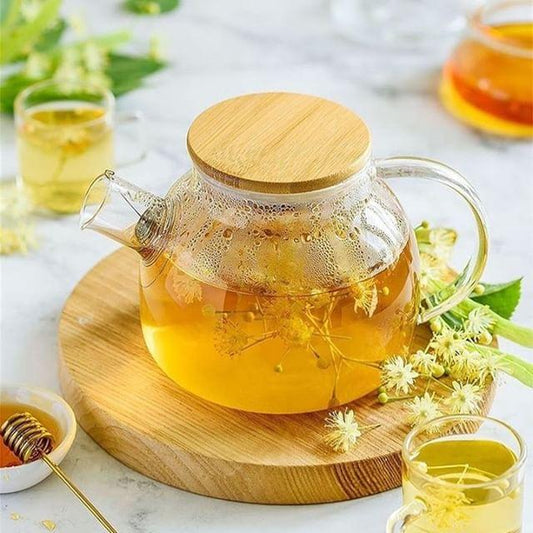
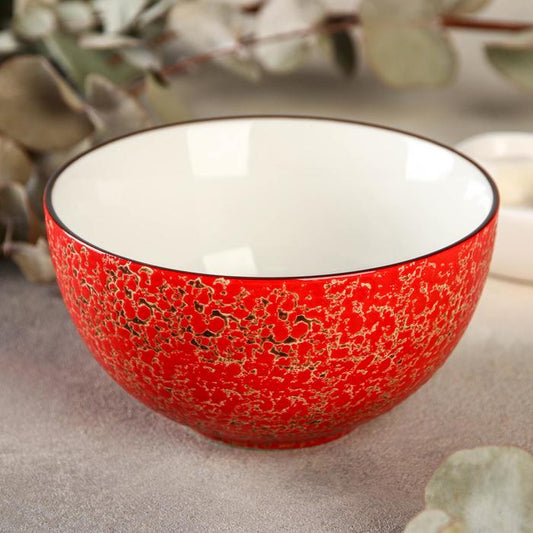
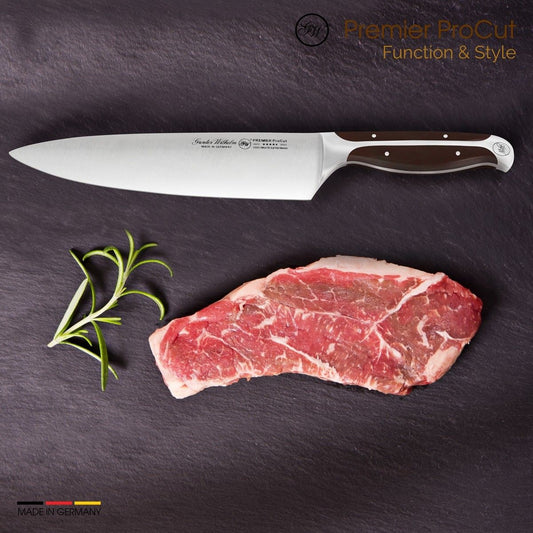
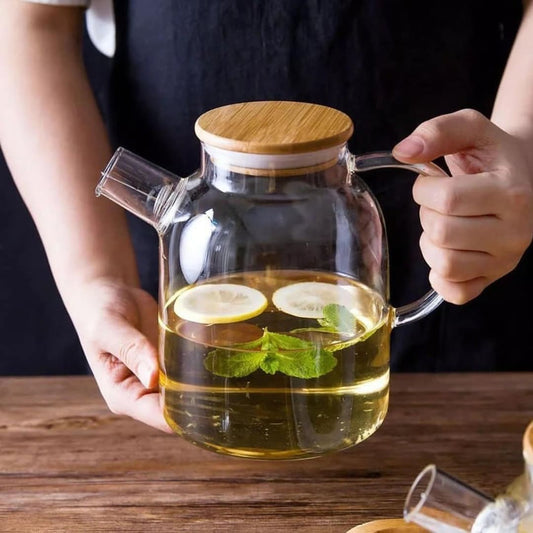
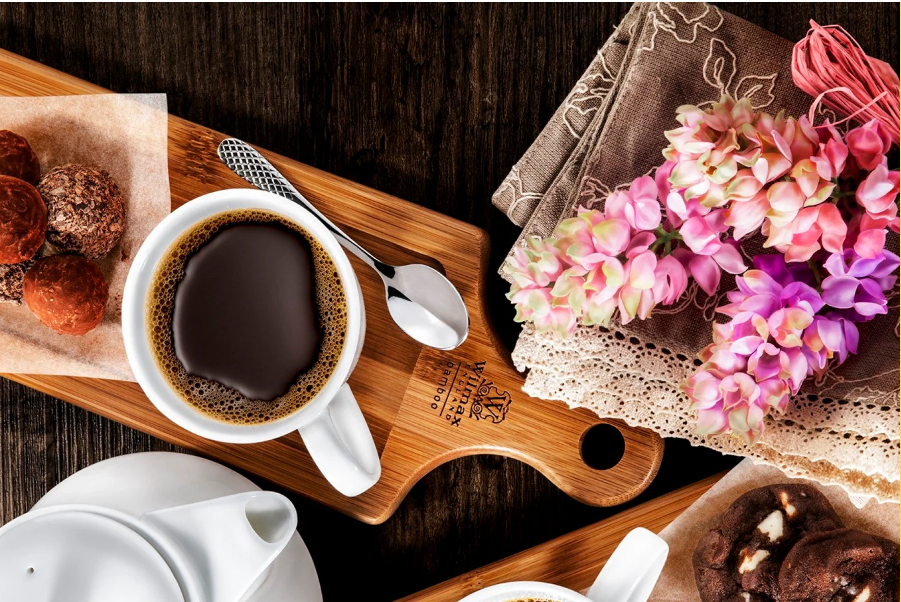
1 comment
hey thanx for sharing this amazing unique blogs on serveware. and I read some blogs from the list. These blogs provide unique ideas for beautifulserveware. take a look www.angiehomes.co